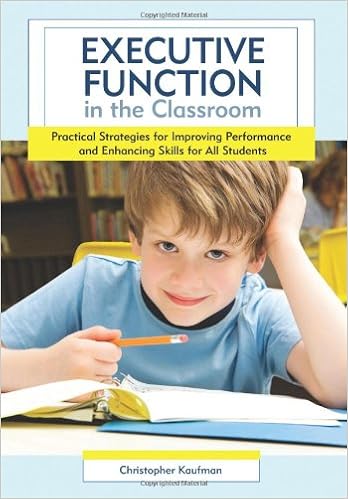Hello again everyone! It's Susanna from Whimsy Workshop Teaching, and today I'm sharing a little project I came up with that took my class by storm this year. I showed a few students how to make these little flower rings, and then sent them off to teach anyone else who wanted to learn (AFTER their work was done, of course!)
So if you're looking for something to keep little hands busy, this will do the trick. And they look so cute!
All you need is a pipe cleaner, a pencil (and some glue if you want to be all fancy about it!)
Do it again so the loops are right next to each other.

When you have five loops, bend them around so they look like a flower.There should be just enough pipe cleaner left to twist comfortably around your finger.
I dropped a blob of glitter glue in the very middle of the flower pictured, but you could also add a bead, a jewel, a sequin, or how about a pom pom?
Perfect for a craft center or early finishers.
Once all of my students had made rings for ALL of their fingers, they started making rings for me.
Trust me, I was seriously blinged out that day!
Once all of my students had made rings for ALL of their fingers, they started making rings for me.
Trust me, I was seriously blinged out that day!
Let's Connect!
 |
| Visit my TPT store for Literacy, Math and Teacher Graphics! |
 |
| Visit Whimsy Workshop Teaching on Facebook! |
 |
| See all of my boards for classroom ideas and freebies! |
 |
| Join me on Instagram! |












































